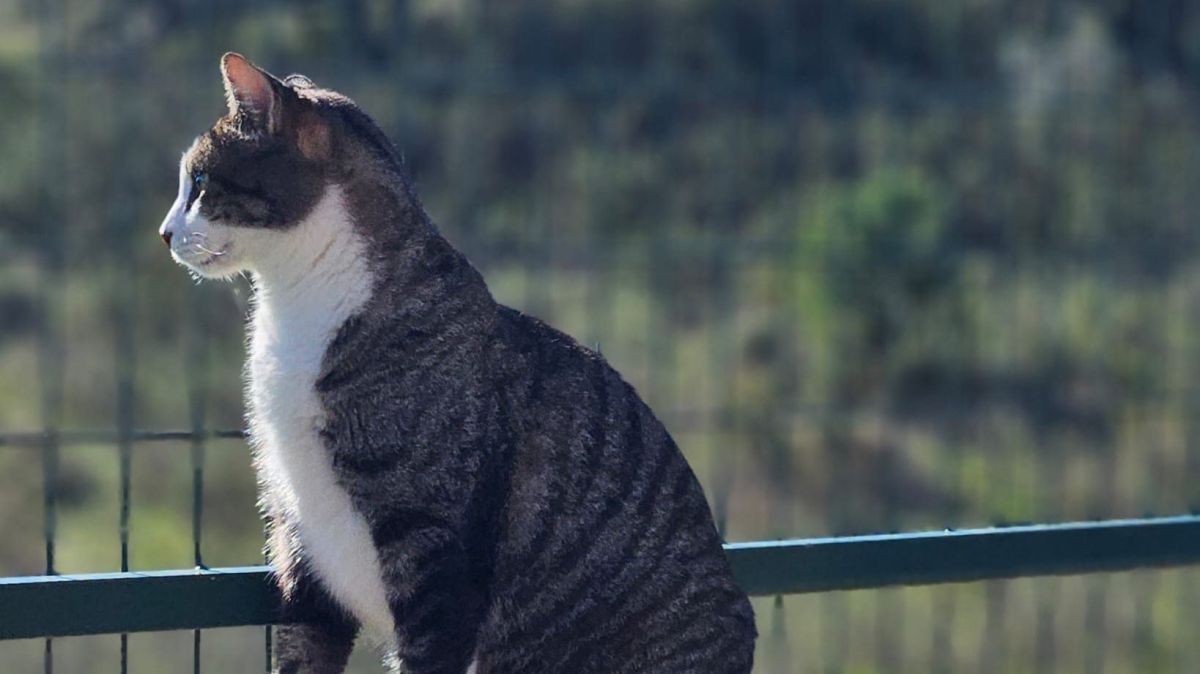Armadillos are found only in Central and
South America, but one, the nine-banded armadillo, ranges from Argentina to the
southern US. Approximately 20 species exist, and range in length from the
smallest, the cutely named pink fairy armadillo at 8 cm (which incidentally has
more fur than shell) to the giant armadillo, which can be up to 1.5m long from
head to tail and weigh a hefty 60 kilograms.
In the southern US, some are naturally
infected with the bacteria that cause Hansen's disease (leprosy) in people, but
the risk is very low and most people who encounter armadillos are unlikely to
get infected. They even eat them in Brazil, with people claiming it tastes like
pork!
They have a banded protective shell on
their backs, with soft skin in between the bands that expands and contracts to
allow movement. They are apparently super easy to catch, and for fun, people
try to sneak up on them and pick them up, which is very easy to do because are
nearly blind and deaf, but the nine-tailed armadillo is also known for playing
dead (like opossums) when caught, making it easier.
All have protective shell coverings, all
have pointy snouts and long, sticky tongues, and their sense of smell is said
to be sensitive enough to detect food up to 23cm underground.
They look bald, but they do have wiry
hairs on the sides and belly, sometimes called ‘curb feelers’, and can feel
their way round at night with the hairs detecting objects, but unfortunately
can’t detect traffic and have earned the nickname ‘hillbilly speed bumps’, so
if see one in the wild it is probably roadkill.
Their name comes from the Aztec word for
armadillo meaning ‘turtle-rabbit’, and in Spanish translates as ‘little
armoured one’, and the Portuguese name for them is ‘tatu’.
They all have strong legs and long claws
for digging and foraging for food, with peg-shaped teeth, with the giant
armadillo having the most teeth - up to 100 - and it can rise up on its back
legs, balancing with its tail.
They dig for insects, their favourite
food, and this digging is why many people consider armadillos pests - farmers
and gardeners don’t want them rooting around for bugs while destroying their
crops or plants.

Shell game
Although their shells are flexible, they
are tough, simply made from modified skin for protection. When threatened, they
will run, dig or press their body down into the soil to keep from being flipped
over to expose their vulnerable under-belly. Not all armadillos are able to
encase themselves totally in their shells - the three banded armadillo is the
only one that can roll up into a ball for protection, with its teardrop-shaped
head plate sealing the opening so no chinks show.
Habitat and Diet
Armadillos may get together in burrows
in cold weather to make a communal large nest, as having little body fat and
thin shells, they find it difficult to maintain their own individual body
temperatures. The majority are solitary creatures, travelling only to find food
and avoid danger.
Primary predators are coyotes, followed
by bobcats, cougars, wolves, bears, raccoons and even large raptors. But they
aren’t cowards – according to the San Diego Zoo, they have been known to throw
their bodies on top of snakes, killing them by cutting them with the sharp
edges of their shells.
Their closest relatives are sloths and
anteaters, and will also eat fruit, eggs, and small animals - even carrion. In
hotter months, armadillos may be nocturnal, foraging at night when it is cooler
and may start hunting earlier in the day, becoming more diurnal.
Family Life
Uniquely among mammals, armadillos
always have genetically identical quadruplets - the female ovulates one egg
that subsequently splits into four once fertilised, and always gives birth to
identical quadruplets. The father doesn’t bond with the mother and takes no
part in helping to raise the young. Newborns, called pups, have soft shells
like human fingernails, grey in colour that hardens within a few days, and can
live from 4 to 30 years.
Marilyn writes regularly for The Portugal News, and has lived in the Algarve for some years. A dog-lover, she has lived in Ireland, UK, Bermuda and the Isle of Man.















